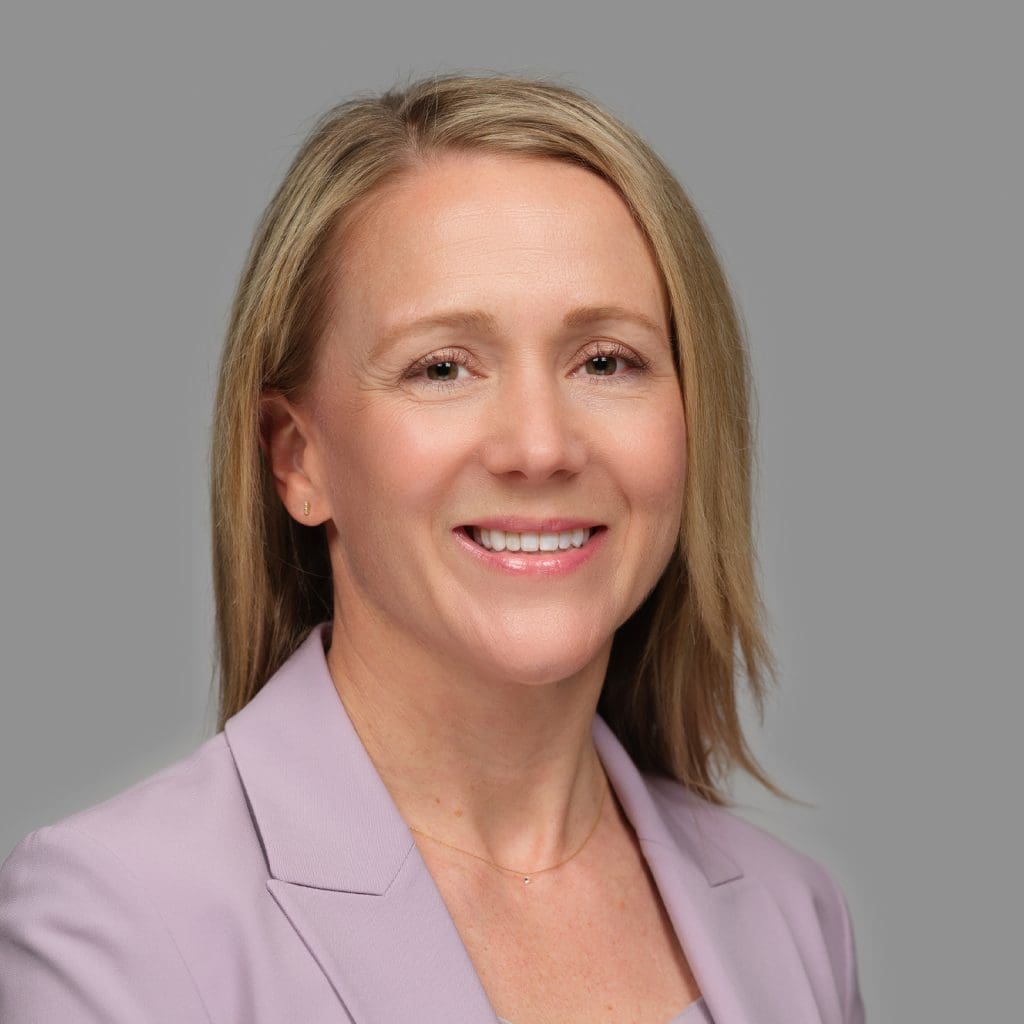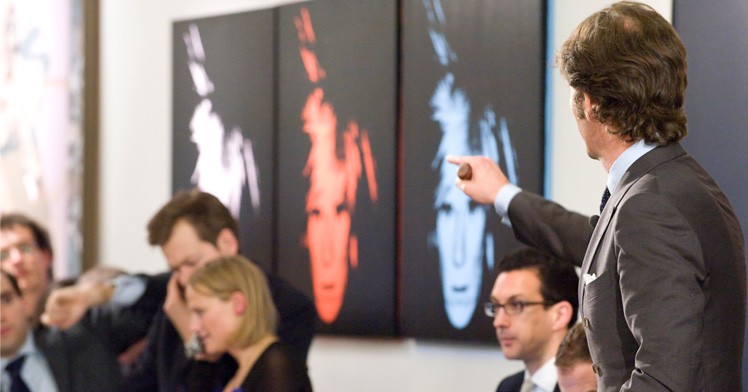Channah Norman is Senior Counsel and Co-Chair of the Art Law Practice at law firm Shook, Hardy & Bacon. Channah spoke with us about her experience advising clients in the art world, her prior role of chief museum counsel for Army museums worldwide, and her approach to teaching about art and cultural property sectors.
 What motivated you to pursue an MA at Sotheby’s Institute?
What motivated you to pursue an MA at Sotheby’s Institute?
I was interested in learning more about the business side of the art world. I’d studied art history in college with a focus on modern and contemporary art. During summers, I’d interned at a gallery in SoHo as well as the Yerba Buena Center for the Arts in San Francisco, but I was undecided about what part of the art market to pursue professionally. After college, I spent a few years working in fashion and then finance in New York City. I wanted to leverage this business experience in the art world, and Sotheby’s Institute had recently launched its MA Art Business so it seemed like the perfect fit.
Looking back, how did the MA Art Business program at Sotheby’s Institute equip you with the tools and knowledge to navigate the art industry?
The Institute’s immersive approach to the art industry offered a superb behind-the-scenes look at the workings of the art businesses comprising this industry. I gained an in-depth understanding of auction house operations, the business dealings of some of the top galleries in London, and key aspects of collections management overseen by museum leadership at a number of premier institutions. At the same time, the dissertation that capped the program offered me a chance to delve deeply into an area of the art market from an academic perspective. I spent a wonderful summer in the Victoria and Albert Museum’s national art library poring over art news publications and other materials to analyze one example of contemporary art market creation.
You’ve recently joined Shook, Hardy & Bacon as Senior Counsel and Co-Chair of the Art Law Practice. Could you describe the responsibilities and focus areas of this role?
As Co-Chair of the Art Law Practice, I advise clients on a broad range of matters arising in the art world. The practice covers issues related to restitution of Nazi stolen art and repatriation of looted cultural property, copyright infringement claims of artists and other rights holders, disputes concerning trusts and estates, and the full gambit of legal issues connected to art market transactions, from sales contracts and art financing to charitable donations and art insurance coverage.
With eight years of experience as chief museum counsel for Army museums worldwide, can you highlight some of the key legal challenges you encountered and advised on during that time?
I was fortunate to encounter a wide variety of legal challenges in this role. I oversaw all legal issues associated with opening and operating the National Museum of the U.S. Army in 2020, including fundraising, construction of the building, special events agreements, public affairs, sponsorships, charitable donations, and traveling exhibits. I also advised on the governance of all Army museums worldwide, developing a comprehensive collections management plan that set out policy and procedures for all aspects of museum operations. I especially enjoyed delving into the legal issues associated with the Army’s sizable Nazi propaganda art collection as well as advising on the repatriation of cultural property confiscated by U.S. soldiers in the early 20th century.
As an educator at George Washington University, how do you prepare your students for the evolving challenges in the art and cultural property sectors?
We start with the fundamentals – an understanding of the existing law and policy – then examine evolving ethical considerations as well as other drivers of transformation like climate change and AI. The assigned reading aims to capture diverse viewpoints so that the class can actively engage in subjects by discussing the complexity of considerations associated with specific examples. The class also benefits from a handful of experts who give guest lectures that further supplement the material with discussion of current challenges the speakers confront in their respective areas of the art and cultural property sectors.
Given your diverse background, including your early career in private equity, how has your business experience informed your legal practice in the art market?
My early experience working at an art gallery in New York, a multi-disciplinary contemporary arts center in San Francisco, and an art consultancy as well as an auction house in London afforded multiple different vantage points through which to understand the art market. In addition to this knowledge of how different art market participants operate, the private equity experience informs my legal practice in the art market as it relates to art financing and investing in art assets.
You have served on various committees and presented at numerous conferences. How do these experiences contribute to your ongoing professional development and influence your work in art law?
Participating in the annual museum law conference put on by the Smithsonian Institution has been an essential part of my professional development. It’s allowed me to remain current on key museum law issues while developing a broad network of friends and colleagues across the United States who serve as museum general counsel or provide outside counsel to these institutions. My years on the board of a regional gallery and cooperative offered different connections as well as insights into the business operations of a private nonprofit arts organization. Other conferences and symposia have further shaped my understanding of the art world through interaction with experts in the areas of art appraisal, art insurance, and art auctions.
Can you share how your network developed during your time at Sotheby’s Institute of Art and how it has impacted your career in the art world?
Sotheby’s Institute of Art draws students from around the world and encourages lasting connections through its robust alumni network. I remain well acquainted with Sotheby’s Institute alumni who have pursued art-related careers, including as museum curators, gallery directors, and art finance advisors. Maintaining these connections has further enhanced my understanding of and participation in the art world.
